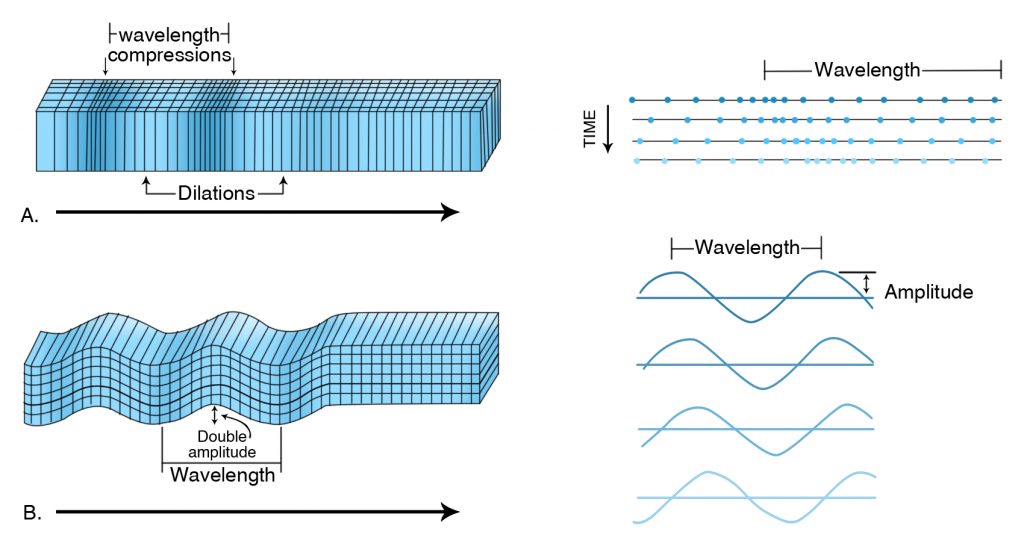
Earthquakes occur most often along geologic faults, narrow zones where rock masses move in. Seismic waves are produced when some form of energy stored in Earth’s crust is suddenly released, usually when masses of rock straining against one another suddenly fracture and slip. Sourced from official drop table repository. earthquake, any sudden shaking of the ground caused by the passage of seismic waves through Earth’s rocks.
SEISMAC WAVE MOD
So the most intense shaking usually comes at the end of an earthquake. Seismic Wave is a mod that increases the ground slam damage of melee weapons.

Surface waves are the slowest moving of all waves, which means they arrive the last. They move up and down the surface of the Earth, rocking the foundations of man-made structures. Surface waves are to blame for most of an earthquake's carnage. Unlike body waves, surface waves (also known as long waves, or simply L waves) move along the surface of the Earth. They only travel through solid material, and so are stopped at the liquid layer in the Earth's core. Unlike P waves, S waves don't move straight through the Earth. SeisMac is a free program that instantly turns a Mac laptop into a 3-component seismograph using the accelerometers built into the laptop. This results in the first period of rolling associated with earthquakes. Use the freely-downloaded 'SeisMac' program on a Mac laptop to demonstrated the differences between P, S, Rayleigh and Love waves. As S waves move, they displace rock particles outward, pushing them perpendicular to the path of the waves. They move a little more slowly than P waves, and can only pass through solids. Secondary waves (also called shear waves, or S waves) are another type of body wave.

These waves typically arrive at the surface as an abrupt thud.

As they travel through rock, the waves move tiny rock particles back and forth - pushing them apart and then back together - in line with the direction the wave is traveling. They can pass through solids, liquids and gases easily. Primary waves (or P waves) are the fastest moving waves, traveling at 1 to 5 miles per second (1.6 to 8 kilometers per second).


 0 kommentar(er)
0 kommentar(er)
